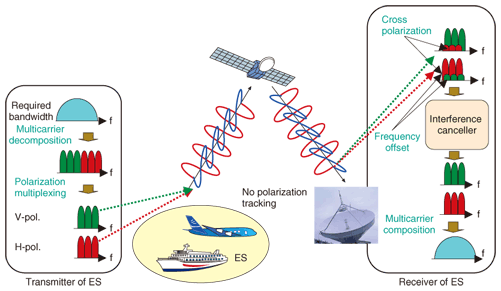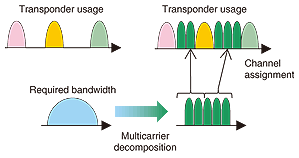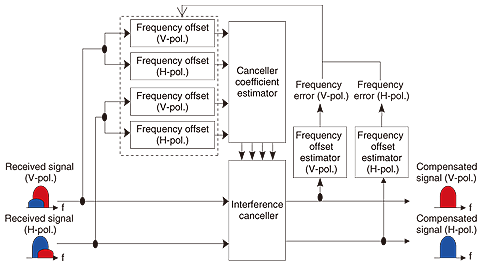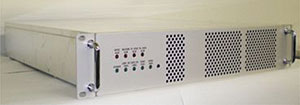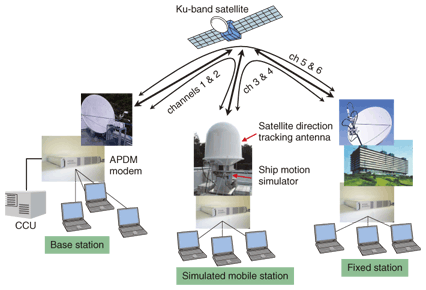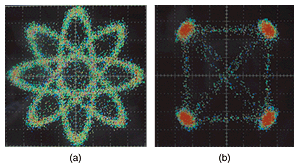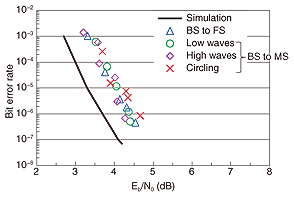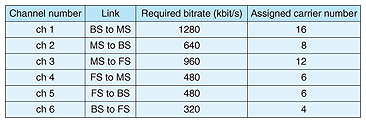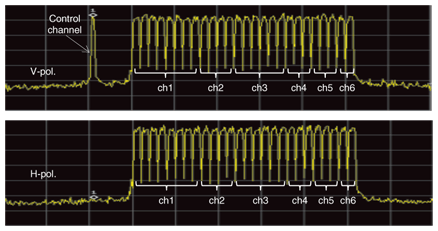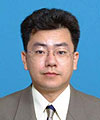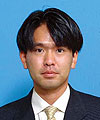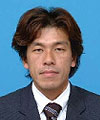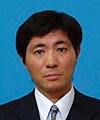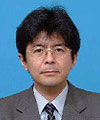 |
|||||||||||||||
|
|
|||||||||||||||
|
Regular Articles Vol. 9, No. 8, pp. 88–93, Aug. 2011. https://doi.org/10.53829/ntr201108ra3 Polarization-tracking-free Satellite Communications System Using Adaptive Polarization Division MultiplexingAbstractWe have developed a novel Ku-band broadband mobile satellite communications system called the adaptive polarization division multiplexing (APDM) system. It eliminates the need for a polarization-tracking device in earth stations and improves the spectrum utilization efficiency. This article overviews the concept of the APDM system and describes the technologies that make the system possible. Experiments have shown that the system can provide practical polarization-tracking-free Ku-band broadband mobile satellite communications.
1. IntroductionBroadband mobile satellite communications services are already being offered to passengers on trains, airplanes, and vessels via the Ku band [1], [2]. However, the earth stations (ESs) are still expensive because they need a highly accurate auto-tracking directional antenna. This antenna must track not only satellite direction but also polarization precisely to avoid interference from other satellite users and/or other polarization users. This requirement means that ESs for mobile satellite communications are expensive. Insufficient polarization tracking leads to harmful cross-polarization interference and degrades frequency utilization efficiency. To solve these problems, we introduced a novel Ku-band broadband mobile satellite communications system with a simple satellite-tracking antenna called the adaptive polarization division multiplexing (APDM) system. It allows each user ES to freely utilize both polarization and frequency resources. This article overviews the concept of the APDM system, introduces the technologies that make the system possible, and presents the results of satellite experiments. 2. System overviewTo achieve an attractive Ku-band broadband mobile satellite communications system, we aim to use a polarization-tracking-free antenna at the ES and improve the spectrum efficiency by using dual-polarization satellite transponders. To eliminate the polarization tracking mechanism from the ES without creating harmful interference at other ESs, our approach is to utilize vertical-polarization (V-pol.) and horizontal-polarization (H-pol.) resources simultaneously. The signal transmission model of the APDM system is shown in Fig. 1. The ES creates and transmits two polarized signals. Since the ES of the APDM system does not track the polarization status, the quality of received signals is degraded because of the existence of cross-polarization interference. However, since both signals have the same frequency, which is unique to each ES, the cross-polarization interference never harms other ESs. Moreover, since the cross-polarization signal is originally the user°«s own signal, it can be simply detected and removed by the interference canceller in the receiver [3]. The APDM system prevents any significant quality degradation even though it has no polarization tracking device.
We also use multicarrier decomposition/composition, as shown in Fig. 1, to improve the frequency utilization efficiency [4]. A typical Ku-band satellite communications system uses demand assign multiple access as the access method. Since each ES releases assigned frequency slots after disconnection, the satellite°«s unused frequency slots, which may not be wide enough to reallocate to other ESs, are fragmented. An example of transponder frequency allocation is shown in Fig. 2. To fully utilize these slots, the transmitter splits the signal into multicarrier signals corresponding to the transponder°«s available frequency slots. These split signals are converted into the assigned frequency slots by the frequency multiplexer.
3. Developed technologyFor the APDM system shown in Fig. 1, we have developed an APDM modem and a channel control unit (CCU); these are the key components of this system. The most important function of the APDM modem is to cancel cross-polarization. Since conventional satellite communications system users are assigned only a single polarization channel (either V-pol. or H-pol.), the satellite transponder frequencies for V-pol. and H-pol. may be asynchronous. Therefore, the interference canceller must work properly under the condition of asynchronous V/H frequency conversion. A block diagram of our interference canceller [3] is shown in Fig. 3. It eliminates asynchronous V/H frequency offsets as well as cross-polarization interference in a hybrid manner. In practice, cross-polarization is cancelled at the V/H interference canceller by using the received unique word. To support multicarrier systems, the APDM modem has a flexible frequency multiplexer/demultiplexer that exploits frequency domain signal processing [5]. A photograph of the APDM modem is shown in Fig. 4. and its main specifications are listed in Table 1. Because the APDM system must use V/H polarization resources simultaneously, it obviously cannot use the conventional channel access method that uses only a single polarization. Our solution was to develop a novel channel assignment algorithm and a CCU for the APDM system [6]. The channel assignment algorithm optimizes the bandwidth and number of carriers as well as the modulation schemes for the required connection mode (APDM mode or conventional mode) and transmission rate under V/H polarization usage.
4. Satellite experiments and resultsTo confirm the feasibility of the APDM system, satellite experiments were carried out. The experimental setup is shown in Fig. 5. Three ESs°Ĺa base station (BS), fixed station (FS), and simulated mobile station (MS)°Ĺwere set at different locations. The simulated mobile station utilized a ship motion simulator that mechanically imposed three kinds of dynamic ship motion (forward ship movement in low waves and high waves and circular ship movement) on the auto-tracking satellite directional antenna. Each motion was based on field measurement. Circling motion has the biggest impact on the change in polarization angle.
Examples of the constellation before and after interference cancellation are shown in Figs. 6(a) and (b), respectively. As shown in Fig. 6(a), the transmitted V/H signals were mixed and rotated owing to cross-polarization interference and V/H asynchronous frequency offsets. After interference cancellation, however, the transmitted V/H signals were demodulated individually without any cross-polarization interference; the frequency offsets are shown in Fig. 6(b).
Examples of the bit error rate performance measured in the BS-to-FS and BS-to-MS links are shown in Fig. 7. The polarization angle in the BS-to-FS link was adjusted to act as a reference. The degradation in the required ratio of the energy per bit to noise power spectral density (Eb/N0) was about 0.8 dB compared with computer simulation regardless of the ship motion.
Finally, we verified the CCU-based channel management. The spectrum of the satellite transponder after the assignment of the channels listed in Table 2 is shown in Fig. 8. as an example. As each carrier°«s transmission rate was about 80 kbit/s, it was also confirmed that channel assignment was carried out as intended. Note that the carrier on the left (V-pol.) is a CCU control channel.
5. ConclusionThis article described the APDM satellite communications system and feasibility evaluation experiments conducted on a polarization-tracking-free Ku-band broadband mobile satellite communications system. Satellite experiments confirmed that a polarization-tracking-free Ku-band system can be achieved by raising the link margin by 0.8 dB. AcknowledgmentThis work is related to research sponsored by the Ministry of Internal Affairs and Communications through grants for °»Research and Development of the Adaptive Polarization Division Multiplexing (APDM) for satellite communications°…. References
|
|||||||||||||||








